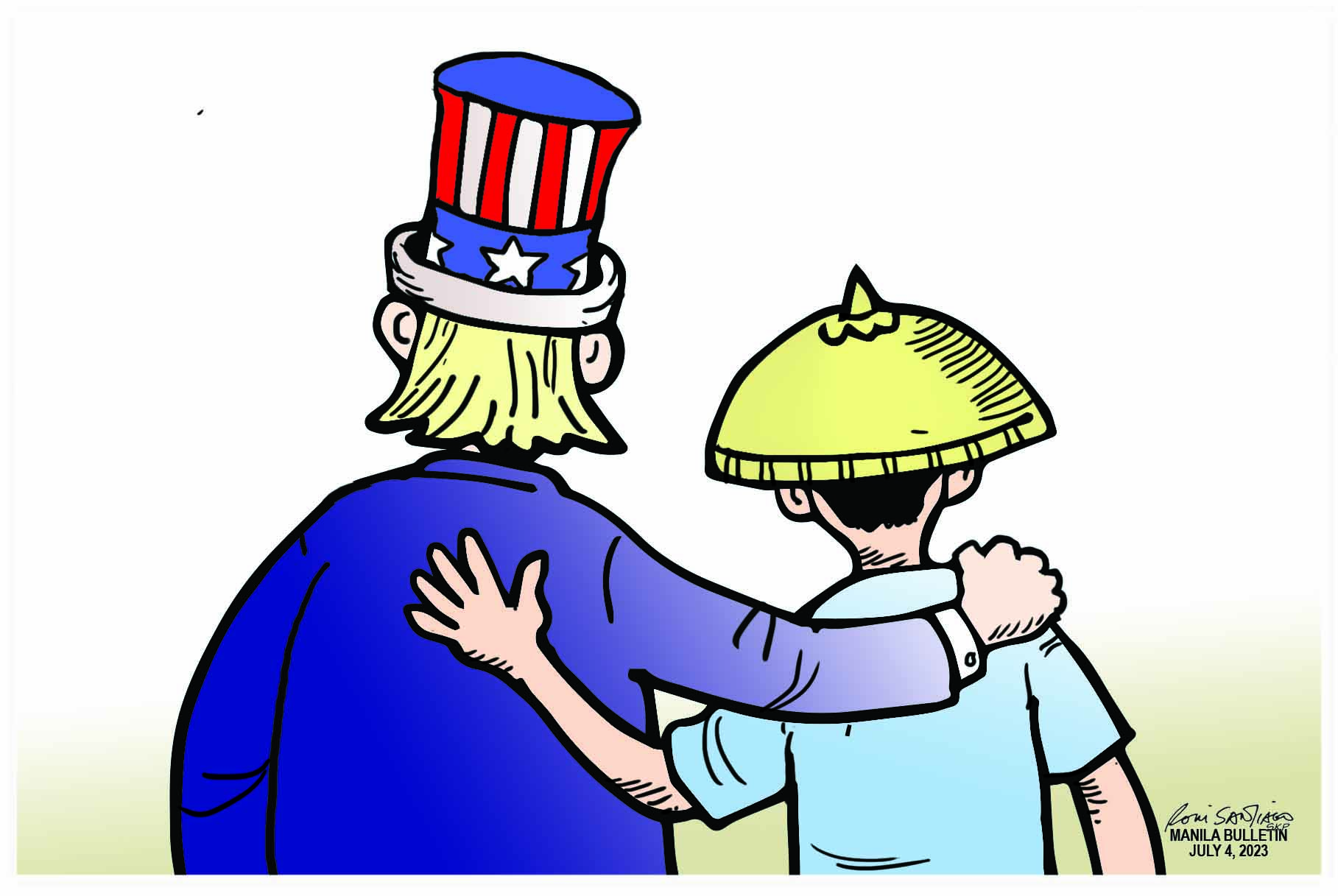
Exploring the Filipino-American Connection: A Celebration of Talent and Partnership
The story of the Philippines and the United States is one of enduring partnership and mutual growth. Today, we delve into the remarkable history of this relationship, emphasizing the incredible talent, work ethics, and efficiency that Filipinos bring to the global stage, particularly in industries such as Business Process Outsourcing (BPO) and production.
A Legacy of Collaboration
The colors of the Philippine flag - white symbolizing purity, red representing bravery, and blue signifying peace - reflect the nation's gratitude to the United States for its role in the Philippines' path to independence. Beyond the flags and historical symbols, it's a partnership built on shared values and a vision for a brighter future.
Educational Empowerment
Following the end of Spanish rule in 1898, the Philippines became a U.S. territory. This period opened doors to religious freedom and led to the establishment of a robust public education system. English emerged as the national language of instruction, along with Filipino. The collaboration between American and Filipino educators was instrumental in rapidly expanding the educational landscape. Filipino teachers soon numbered in the thousands, and educational opportunities flourished.
Filipino-American Friendship
Filipinos have been part of the American story for centuries. As early as 1587, Filipino voyagers landed in Morro Bay, California, predating the arrival of the Pilgrims by four decades. This rich history is celebrated in the United States as Filipino-American Month, acknowledging the deep Filipino roots in the Land of Opportunity.
Conversely, in the Philippines, July 4 is marked as Filipino-American Friendship Day, a tribute to the enduring alliance between the two nations, cemented after World War II when the United States granted the Philippines independence on July 4, 1946.
A Tapestry of Culture
The Philippines is a melting pot of cultures, shaped by indigenous communities, waves of foreign migrations, and colonization. Today, it stands as a testament to multicultural heritage, incorporating influences from indigenous, Asian, Hispanic, and American backgrounds into daily life, including cuisine, religion, language, festivals, and traditions. This blend showcases the Filipino people's resilience and adaptability.
Cultural Exchange and Popularity
In the modern age, American culture, particularly in the form of music, has resonated with Filipinos. Western songs dominate playlists, and performers like Frank Sinatra, Patti Austin, Bryan Adams, and Beyoncé enjoy immense popularity. The introduction of the printing press, radio, TV, and film during the American era paved the way for the swift circulation of pop culture, including Hollywood films.
With the advent of social media and the widespread use of mobile phones, Western music and movies have become integral to daily life. This phenomenon continues to foster an appreciation of Western culture, particularly from the United States, among newer generations.
Looking Ahead
In our next installment, we will delve into the economic advantages of the Philippines, highlighting its appeal to tourists and businesses alike. We'll explore how outsourcing Filipino skills and talents presents substantial savings while fostering global collaboration and partnerships.
Unlock Excellence with Remote Filipino Professionals
References:
Unity Connections (2023). Our Favorite Philippine Outsourcing Facts and Figures. Available at: https://unity-connect.com/our-resources/blog/philippine-outsourcing-facts/. Accessed: August 2023
iExplore (no date). Available at: https://www.iexplore.com/articles/travel-guides/south-and-southeast-asia/philippines/history-and-culture. Accessed: August 2023
NPR Staff (2016). Filipino Americans: Blending Cultures, Redefining Race. Available at: https://www.npr.org/sections/codeswitch/2016/05/24/478560399/filipino-americans-blending-cultures-redefining-race. Accessed: August 2023
Countries and Their Cultures (no date).The Philippines. Available at: https://www.everyculture.com/No-Sa/The-Philippines.html. Accessed: August 2023
Britannica (no date). The period of U.S. influence. Available at: https://www.britannica.com/place/Philippines/The-period-of-U-S-influence. Accessed: September 2023
Alex (2018). Lifey. Available at: http://lifey.org/americas-influence-in-the-philippines/. Accessed: September 2023
PBS (no date). THE HISTORY OF THE AMERICAN FLAG. Available at: https://www.pbs.org/a-capitol-fourth/history/old-glory/#:~:text=The%20stripes%20represent%20the%20original,represents%20vigilance%2C%20perseverance%20and%20justice. Accessed: September 2023
https://philippinehistorysourcematerials.blogspot.com/2011/02/acta-de-la-proclamacion-de-la.html. Accessed: September 2023
Legaspi, J. (2021). GMA News Online. Available at: https://www.gmanetwork.com/news/lifestyle/artandculture/793924/pinned-7-interesting-filipino-american-history-facts-pinoys-should-know/story/. Accessed: September 2023
Nadal, K. (2016) . 15 Memorable Facts About Filipino-American History You Should Know. Available at: https://www.buzzfeed.com/kevinnadal/fil-am-history-facts. Accessed: September 2023
https://filvetrep.org. Accessed: September 2023
